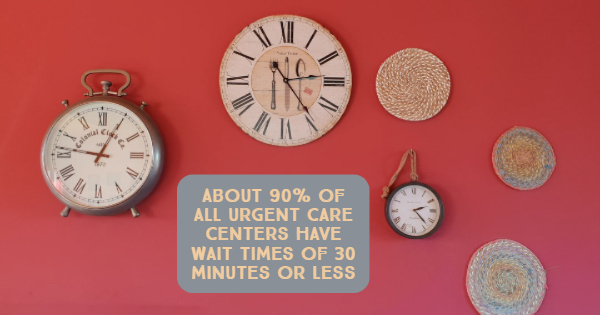How To Start Preparing For Spring Allergies

The weather is finally warming up, signaling the long-awaited shift from winter to spring. While this change brings a sense of relief for many people, it heralds a hard time for others: spring allergy season.
According to the American Academy of Allergy, Asthma, and Immunology, pollen season can start as early as February and last through October, depending on your location. Rather than awaiting the inevitable return of sniffles, sneezes, and stuffiness, take these proactive steps to minimize the effect of spring allergies this year.
Start Spring Cleaning Now
One of the best ways to make yourself comfortable this season is to give your home a clean slate by ridding it of pollen and taking the steps to keep it out. As you’re cleaning, focus on areas in your home where allergens accumulate, such as bedding, upholstered furniture, and carpeting. Start by vacuuming everything you can with a HEPA filter and running all of your bedding through the wash.
Although it’s tempting to throw open your windows to let the spring breeze in, try to keep them closed. As the favorite entry point of allergens, open windows can quickly undo all of the hard work you did cleaning. As pollen sticks to fabric and hair, be sure to change your clothes once you get home and shower before bed. Make changing the filters on your air conditioner a regular practice as well, and you’ll be keeping as many pollens out as possible.
Track Allergen Levels
Try avoiding pollen-heavy days by checking allergen levels before you go outside. Luckily, many weather apps provide reports of the pollen and mold count. Most websites of local weather stations also provide this information. In general, pollen counts are highest between five and ten in the morning and on hot, dry days. With this general knowledge and helpful reports from weather apps, you’ll be able to plan your day accordingly and avoid breathing in allergen-heavy air.
Mold-Proof Your Home
Mold is another culprit of spring allergy symptoms. If you’ve done everything you can to keep pollen out of your home and your allergies are still sending you to urgent care centers, you may need to turn your attention to mold. Start by focusing on areas where mold is common, such as basements and bathrooms. Use a mixture of water and detergent to remove mold from hard surfaces and be sure to repair any leaks in pipes, windows, or roofs.
If your allergies are still affecting your daily life, seek treatment at urgent care centers. You’ll be in and out in no time, as 90% of urgent care centers provide wait times of 30 minutes or less for patients to see experienced healthcare professionals. Contact Care Station Medical Group today for more information on tackling your spring allergies.
